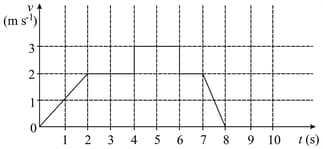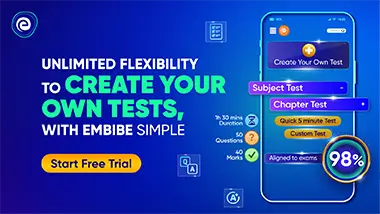Explain constant positive acceleration with the help of a graph.
Important Questions on Motion in a Straight Line
The velocity time graphs of a car and a scooter are shown in the figure. (i) The difference between the distance travelled by the car and the scooter in 15 s and (ii) the time at which the car will catch up with the scooter are, respectively.
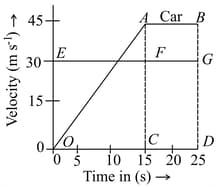
The speed verses time graph for a particle is shown in the figure. The distance travelled (in ) by the particle during the time interval to will be __________.
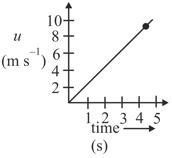
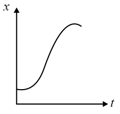
The given graph shows the variation of velocity with position for a particle moving along a straight line
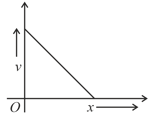
Which of the following graph shows the variation of acceleration with position

The velocity and time graph of a body in a straight line motion is shown in the figure. The point is at seconds. The total distance covered by the body in is :
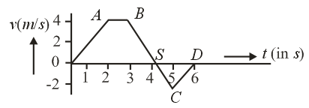
The velocity-time graph of a body moving in a straight line is shown in figure. Find the displacement and distance travelled by the body in seconds.
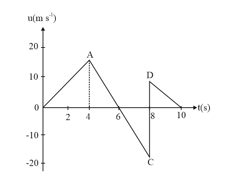
The following figure shows the speed-time graph of a particle moving along a fixed direction. The distance travelled by the particle between time to is


A particle starts from the origin at time and moves along the positive axis. The graph of velocity with respect to time is shown in figure. What is the position of the particle at time
